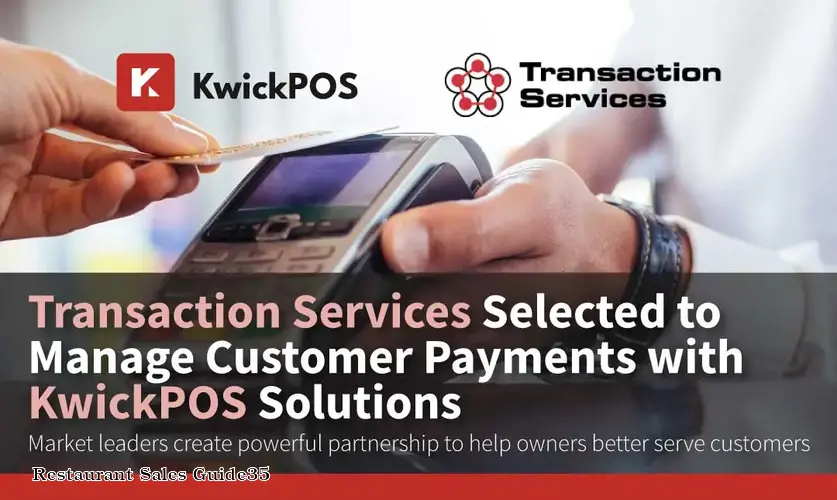Introduction:
Restaurant sales play a crucial role in the success of any restaurant business. In this comprehensive guide, we will delve into various strategies and tactics that can help restaurant owners and managers boost their sales and revenue. From understanding the importance of customer service to implementing effective marketing techniques, this article will provide valuable insights for those looking to improve their restaurant's bottom line.
Table of Contents:
1. Enhancing Customer Experience
2. Menu Engineering
3. Loyalty and Rewards Programs
4. Marketing and Promotions
5. Online Presence and Reputation Management
6. Training and Development
7. Inventory Management
8. Pricing Strategies
9. Sales Analysis and Reporting
10. Conclusion
1. Enhancing Customer Experience:
Importance of ambiance and decorStaff training on customer service skillsEfficient and timely order processingPersonalized and attentive serviceHandling customer complaints effectively2. Menu Engineering:
Analyzing menu mix and profitabilityStrategically placing high-margin itemsBalancing variety and simplicityRegularly updating and testing menu itemsHighlighting specials and deals3. Loyalty and Rewards Programs:
Building repeat business and customer loyaltyOffering incentives for referralsTargeted promotions based on customer behaviorGamification and exclusivity in rewards programsMobile integration and ease of use4. Marketing and Promotions:
Utilizing social media platformsCollaborating with local businesses and organizationsHosting events and workshopsEmail marketing and newslettersSeasonal and holiday-themed promotions5. Online Presence and Reputation Management:
Having an updated and mobile-friendly websiteClaiming and optimizing business listingsResponding to online reviews and feedbackOffering online ordering and reservationsUtilizing third-party delivery platforms6. Training and Development:
Regular training on food safety and handlingCross-functional training for front and back-of-house staffCareer development and advancement opportunitiesOngoing coaching and feedbackIncentivizing and recognizing top performers7. Inventory Management:
Regularly tracking and analyzing inventory levelsReducing waste and spoilageEstablishing relationships with reliable suppliersNegotiating bulk pricing and discountsImplementing a first-in, first-out (FIFO) system8. Pricing Strategies:
Balancing affordability and profitabilityUnderstanding consumer price sensitivityDynamic pricing based on demand and supplyCompetitor pricing analysisRegularly reviewing and adjusting menu prices9. Sales Analysis and Reporting:
Regularly reviewing sales data and trendsIdentifying top-performing and underperforming itemsAnalyzing labor and food costsImplementing pricing and promotional strategies based on dataUtilizing sales reporting tools and software10. Conclusion:
Emphasizing the importance of ongoing improvement and adaptabilityRegularly reassessing and adjusting sales strategiesEncouraging a culture of customer-centricity and innovationProviding resources for continued learning and growth.
DISCLAIMER: This information is provided for general informational purposes only, and publication does not constitute an endorsement. Kwick365 does not warrant the accuracy or completeness of any information, text, graphics, links, or other items contained within this content. Kwick365 does not guarantee you will achieve any specific results if you follow any advice herein. It may be advisable for you to consult with a professional such as a lawyer, accountant, or business advisor for advice specific to your situation.

